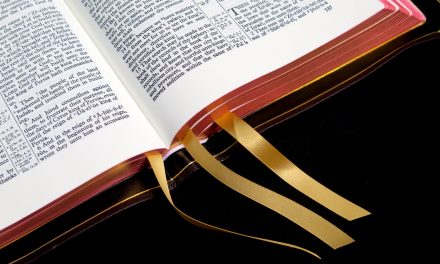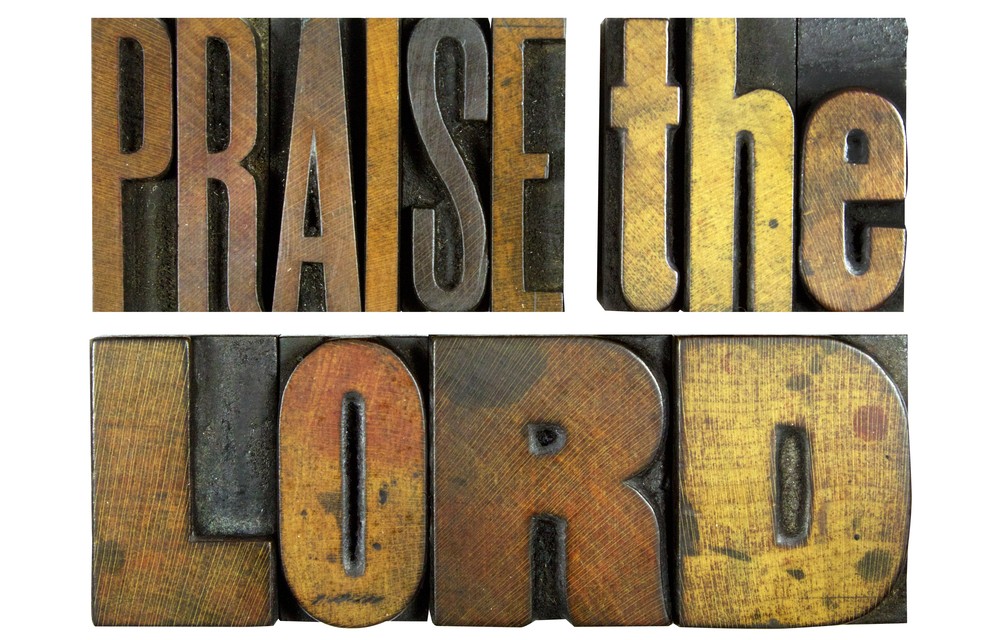Christian Music and Melody
Christian Music should emphasize the melody. The prominent part of spiritual Christian music will find the message being emphasized and enhanced by the melody of the song.
This is the testimony and command we find in Scripture. This is to be the preeminent technical requirement for all styles of music played in the churches of our Lord Jesus Christ. Consider the following verses to remember and apply them also as you consider the music you listen to and enjoy.
Isaiah 51:3
For the LORD shall comfort Zion: He will comfort all her waste places; and He will make her wilderness like Eden, and her desert like the garden of the LORD; joy and gladness shall be found therein, thanksgiving, and the voice of melody.
In this verse the word melody is from the Hebrew H2172 ZiMRa and is translated melody 2 times and psalm 2 times. It is a song to be accompanied by an instrument. It is from the Hebrew H2167 ZaMaR which is translated praise 26 times, sing 16 times, sing psalms 2 times and sing forth 1 time. The extended Strongs says “properly, to touch the strings or parts of a musical instrument, i.e. play upon it; to make music, accompanied by the voice; hence to celebrate in song and music: – give praise, sing forth praises, psalms.”
Ephesians 5:18-19
And be not drunk with wine, wherein is excess; but be filled with the Spirit; Speaking to yourselves in psalms and hymns and spiritual songs, singing and making melody in your heart to the Lord.
The word melody in this verse is defined by Strongs enhanced by the following:
“g5567. ψάλλω psallō; probably strengthened from ψάω psaō (to rub or touch the surface; compare 5597); to twitch or twang, i.e. to play on a stringed instrument (celebrate the divine worship with music and accompanying odes): — make melody, sing (psalms).
AV (5) – sing 3, sing psalms 1, make melody 1;
to pluck off, pull out
to cause to vibrate by touching, to twang
to touch or strike the chord, to twang the strings of a musical instrument so that they gently vibrate
to play on a stringed instrument, to play, the harp, etc.
to sing to the music of the harp
in the NT to sing a hymn, to celebrate the praises of God in song.”
In playing a stringed instrument (or brass or wind, piano or organ, xylophone, etc.) various notes can be played in a melodious fashion. That is what the Psalms of the Old Testament were noted for. The words of the Psalms were sung. In fact the entire Old Testament Hebrew words were set to music, not just the Psalms. But the Psalms were especially noted as the Hymnal of Israel and of the Old Testament.
Music Conservapedia states that “Melody is the series of notes that most closely captures the attention of the listener: the ‘tune’ one hums along with.”
As the psalm, hymn or spiritual song is sung in the heart by the Christian, it helps him/her to remember the words of the praise that is being made to the Lord Jesus Christ in the heart. Words of praise accompanied with the melody are that which make a sweet and joyful noise unto our Lord! See how the joyful noise is associated with singing in the following verses, Psa 66:1-2; 81:1-2; 95:1-2; 95:1-2; 98:1-6; 100:1-2.
In music theory, there are three main parts (of a song, or musical composition) and they are given here in the order of importance:
- Melody
- Harmony
- Rhythm
We have noted the definition for melody already and its importance. Without the melody the music is monotone and/or confusing. It is not music at all. Christian music must contain a melody.
Secondly, we find that music is enhanced with harmony. It is the playing of chords and/or notes that complement the melody notes. The harmony should enhance the prominence of the melody without overwhelming it.
Rhythm is the final component of music. It is of third importance and like the harmony should never overwhelm the melody. Music Conservapedia defines it thus, “Rhythm consists of all aspects of music that suggest forward movement. Most music contains a regularly repeating sequence of beats, or strong elements, that typically lead with a down beat followed by any of a small number of slightly weaker beats. A down beat and its weaker beats form a measure. Usually, all measures in a piece of music have the same number of beats.”
Notice that the down beat is the typical emphatic beat that defines the movement of the song. This is what is expected by and pleasing to the ear of the listener. When a strong emphatic back beat is introduced it becomes disruptive and causes the body to respond in kind, hence the jerkiness of much of the modern dances to rock music. This type of music is carnal, appealing to the flesh, and as we know the flesh and the Holy Spirit that lives within us are contrary the one to the other. See Gal 5:17; 6:8. Also see Rom 8:5-6, 9-13.
In summary, spiritual Christian music will emphasize the melody. The harmony will enhance and blend in to complement-without overwhelming- the melody. Finally, the rhythm, while being the least dominant of the three, will keep the music moving together in an expected, pleasing manner throughout the song without drawing the flesh to respond in a carnal manner.
Brethren, let us be careful of the music we let our hearts delight in. If it is not melodious, harmonious and of a non-carnal rhythm, then it is fleshly, worldly and not profitable at all. Finally, if its praise is not unto the Lord Jesus Christ it is worldly.







